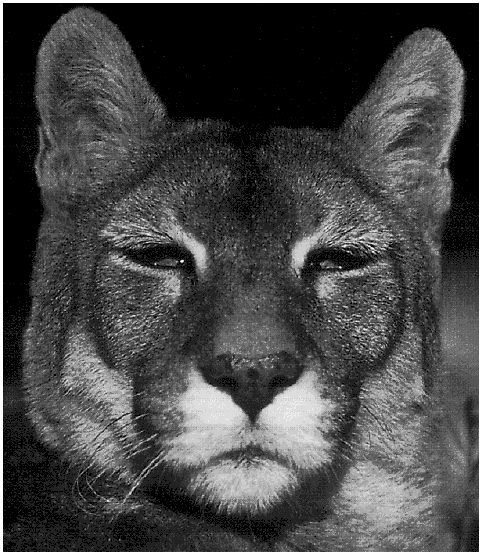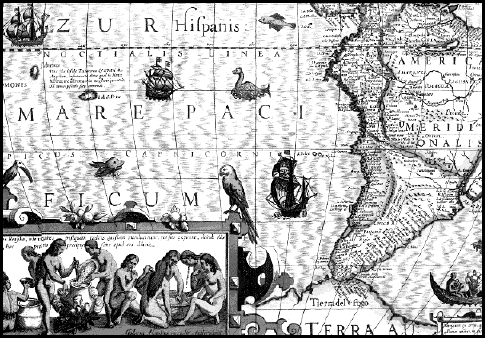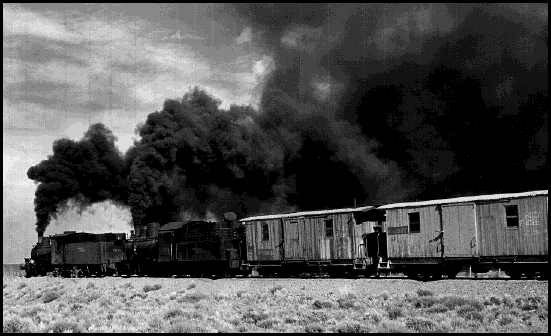Land of
Giants
Alejandro Winograd
Dan Newland,
Translator
(Terra Australis, Editorial)

-
It's the perfect circle, people traveling to the End of the World so they can say that they traveled to the End of the World. Once there, there is little to do except buy the T-Shirt and maybe a plastic penguin, and then turn around and go back from whence they think they might have come.
- Due to severe ozone depletion, the sub-Antarctic sky now rains down upon the island the fire it was once seen to emanate. From the start of the colonial era to the end of this industrial one, Tierra del Fuego anecdotally figures a Europe that has been turned on its head. It is now a showcase for the world's densest concentration of ozone-blind sheep.
Now, there's nothing wrong with a pretty book like Land of Giants. There are over a hundred-fifty finely reproduced color photographs, a dutiful listing of "Indigenous Bird Species of Patagonia" --- including the Screaming Cowbird, the Band-winged Nightjar, the Tufted Tit Tyrant, and the Great Kiskadee.

